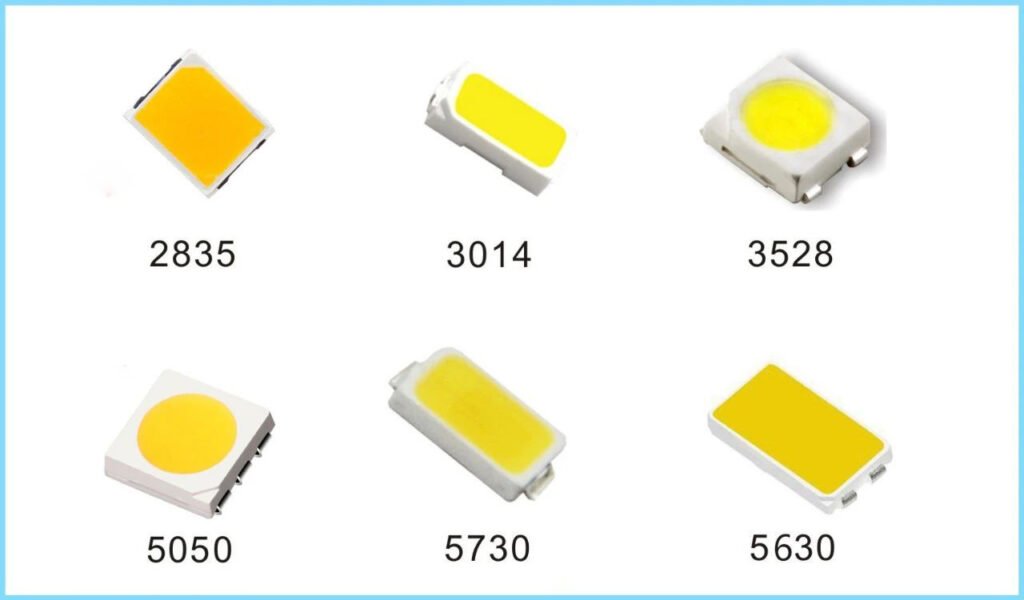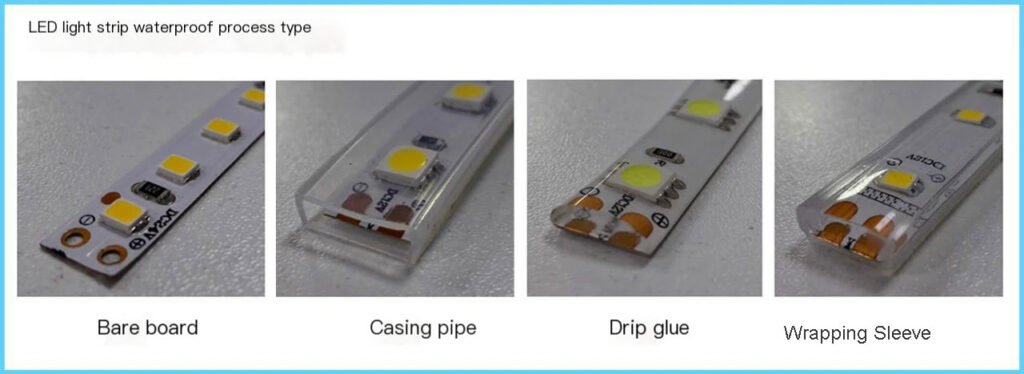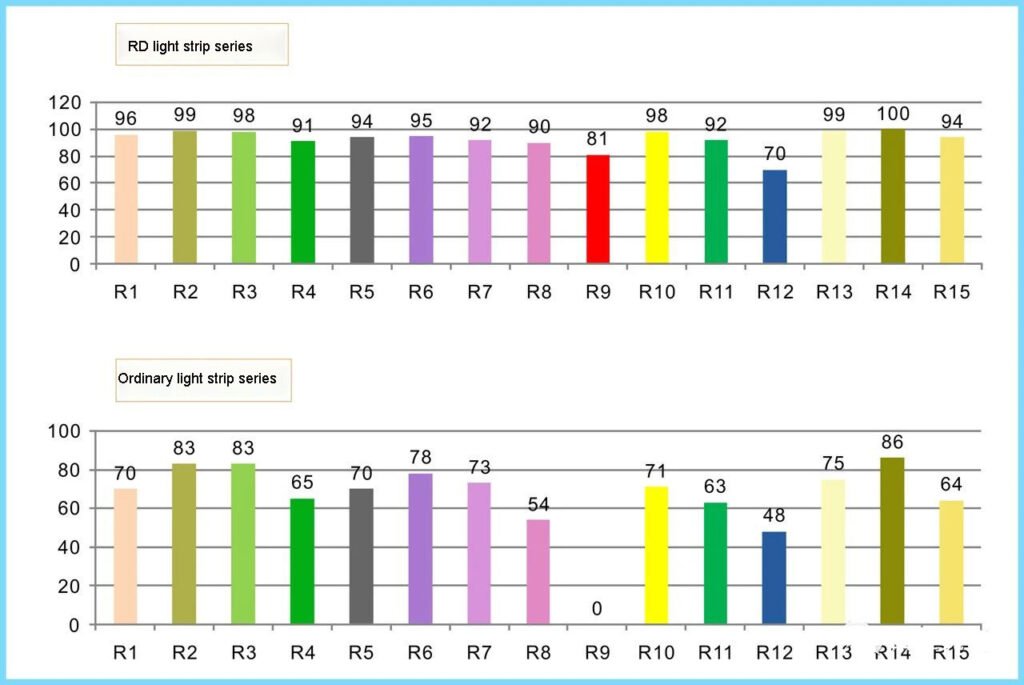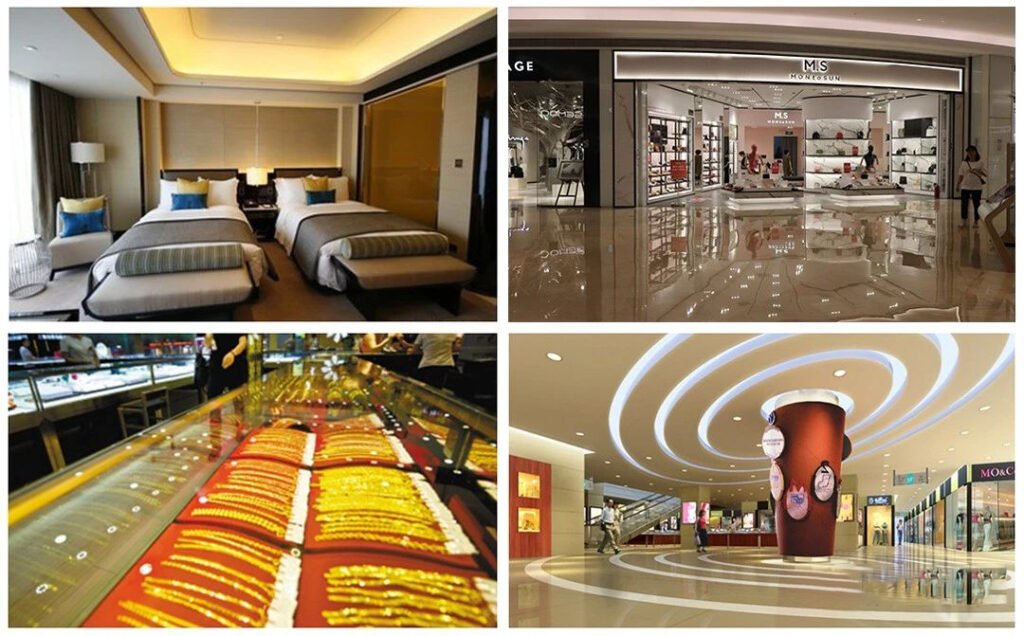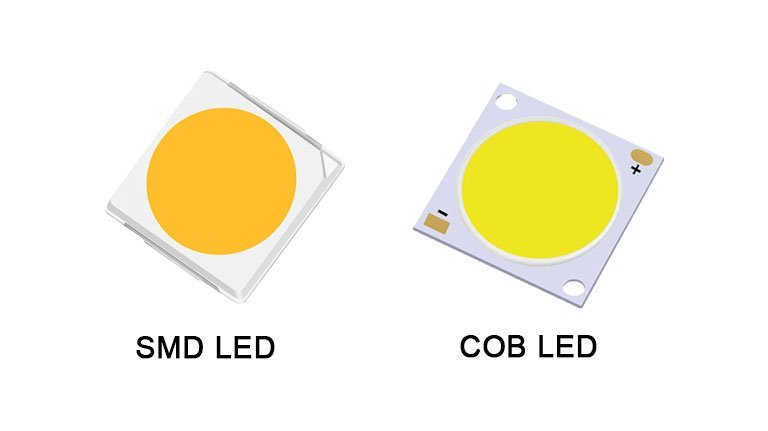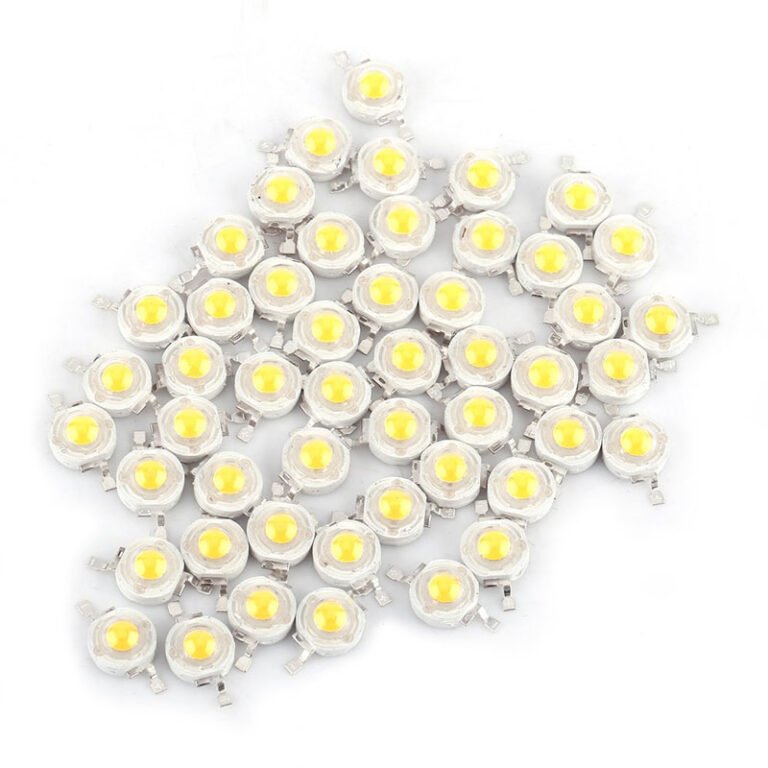Selection Methods Of LED Light Strip lights
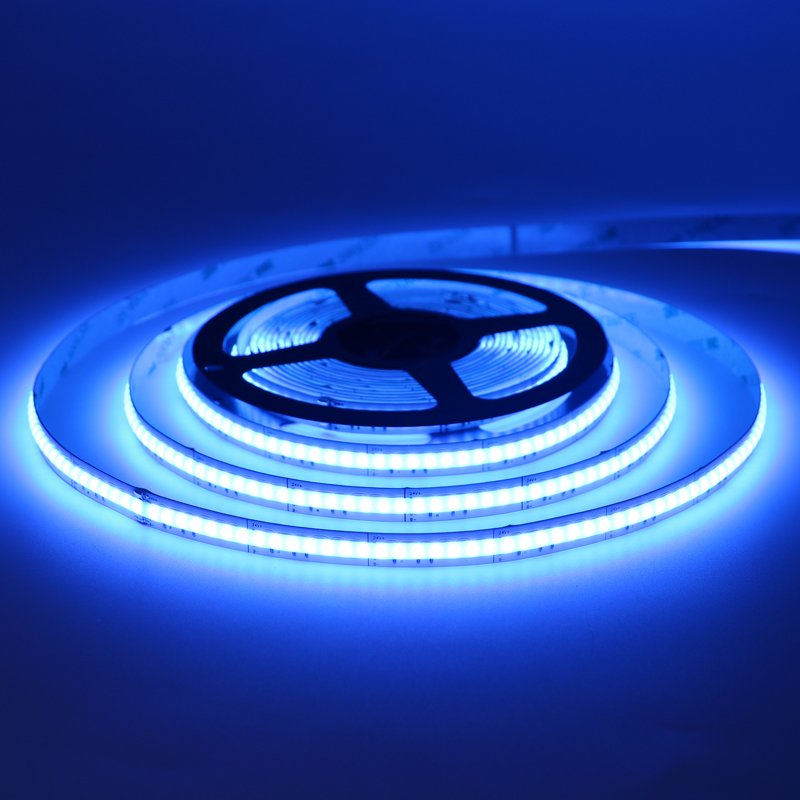
LED light strip refers to the process of welding LED beads onto copper wire or flexible circuit boards in a special processing technique. It is named after its shape, which resembles a strip. LED light strips are generally divided into flexible LED flexible light strips and LED hard light strips.
Attentions for selection of light strip products:
Select products by light strip type
LED light strip types are diverse, and when selecting, it is necessary to choose products according to specific needs.
Select products by LED type:
Currently, the common LED light strip products on the market are mainly divided into circulation products 2835 and 5050 series light strips. For the demand of side-emission scenarios, there are 3014 series light strips to match this demand. 3014 has side-emission and positive-emission series. The ultra-dense series includes 2210 and 2216 series light strips. Due to the small size of the beads and the dense arrangement of beads, it is more suitable for small-sized profiles and narrow ceiling trough applications with limited space.
Select products according to the protection process:
LED light strips have different environmental requirements for application. When applying light strips, it is necessary to select products based on actual environmental requirements. Generally, bare board light strips can be used in indoor and indoor applications without protection requirements. For kitchen, bathroom, toilet and other scenarios, due to the high water vapor in the application environment, it is recommended to use IP54 grade light strips. For balconies, guardrails, outdoor steps, eaves and other semi-outdoor scenarios, it is recommended to use IP65 grade light strips. For lawn gardens, outdoor steps, building construction outlining outdoor lighting scenarios and other environments, it is recommended to use IP65-IP67 grade light strips. For swimming pool near water area or shallow water area, it is recommended to use IP68 protection grade light strips. For special application environments, it is necessary to customize according to specific environmental requirements.
Select products based on color rendering index
The color rendering index refers to the definition of color rendering by the International Commission on Illumination (CIE): the effect of a light source on the appearance of object color compared to a standard reference light source. The Ra value refers to the average value of R1-R8 obtained by testing the reduction of R1-R8 color blocks by the light source using eight color blocks in the Munsell color palette when CIE developed the CRI. In the early days, it was found that the Ra value could not accurately indicate the color rendering index during application practice. Therefore, the International Commission on Illumination (CIE) added R9-R15 after R1-R8 to meet the needs of specific situations. The selection of light strip products requires the selection of products with suitable color rendering index according to the requirements for the color rendering quality of illuminated objects.
Select products based on color temperature
Due to different application environments and functions, the requirements for color temperature of light strips vary. Therefore, when selecting light strip products, it is necessary to choose different color temperatures according to the environment or the items and functions being illuminated. For example, 2400-2700K color temperature light strips are commonly used in hotel rooms and gold counters, while 4000K color temperature light strips are commonly used in showcases and display racks. The common color temperature of商场天花暗槽 is 5700K color temperature light strips.

